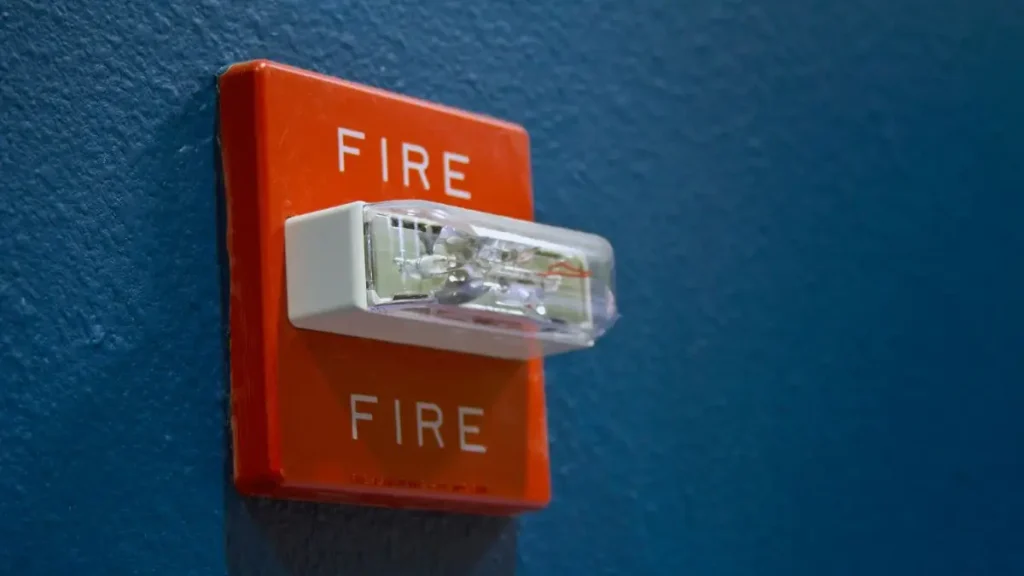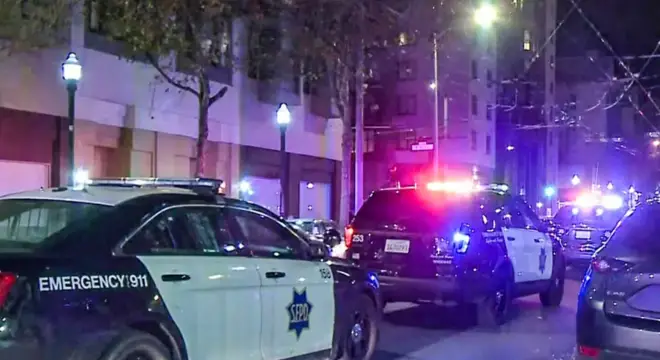Home in Bristol Heavily Damaged by Blaze — Fire Crews Contain Flames
I woke up to the kind of news that always hits hard: a house on Narrows Road in Bristol caught fire in the middle of the night. Around 1:15 a.m. on Monday, firefighters were called to the scene—by the time they arrived, flames had already taken over the entire structure.
This wasn’t a small kitchen fire. Crews walked into a fully involved blaze, meaning the fire had spread throughout the home before anyone could intervene. No delays, no false alarms—it was the real thing.
What stood out to me, though, was how quickly the situation escalated. According to local reports, the second floor had already collapsed by the time help arrived. The front of the house? Gone. Just like that.
There’s no easy way to describe the feeling of seeing a family’s home—everything they built—reduced to rubble before sunrise. Even if no one was hurt (thankfully, the house was empty), this kind of loss leaves a deep scar. And it reminds us just how quickly things can spiral.
Have you ever thought about how fast a fire like this can take over a home? Would your family know what to do? Let me walk you through what really happened that night—and why it matters more than you might think.
Second Floor Collapses, Front of Home Gone
When I read the report from WPRI, I couldn’t believe how destructive this fire was. The second floor of the home? Completely collapsed. And the front of the house? Gone—just a hollow shell left behind.
That kind of structural loss doesn’t happen unless the fire has fully consumed the place. And it did. Firefighters said they were met with heavy flames throughout the entire home as soon as they arrived. No part of it was spared.
Now I want you to imagine this was your home. One minute everything is fine. The next, the upper floor caves in and the entire front face burns to the ground. You don’t even get a chance to react.
These aren’t just visuals—they’re warnings. And if a fire like this can take down a house in minutes, it can happen to any of us.
Similar courage was seen when California firefighters tackled their second house fire in a single day, showing just how relentless these crews can be across the country.
Firefighters’ Rapid Response Prevented Further Spread

Here’s something that genuinely impressed me: the way Bristol’s fire crews moved that night.
It was the middle of the night—1:15 a.m.—when the call came in. While most of us were sleeping, they were already gearing up and heading out. And when they got there, they didn’t hesitate. They faced a fully engulfed structure and still managed to prevent the fire from spreading to nearby homes.
If you’ve ever stood outside watching smoke rise from your neighborhood, you know how fast fire can move. These crews stopped that from happening. You’ve got to respect that kind of training and courage.
I learned something from this: no matter how fast fire spreads, a fast, trained response can still make all the difference. And it’s comforting to know our community has people ready to step in when it counts.
Have thoughts on how your local fire crew has stepped up in the past? Drop a comment and let’s talk about the unsung heroes in our neighborhoods.
Home Was Vacant at Time of Fire, No Injuries Reported
I felt an actual wave of relief when I read that no one was home during the fire.
Fires like this often turn tragic not because of the flames, but because people are caught inside with no time to escape. But in this case, by sheer luck or timing, the house was empty. No residents. No pets. No first responders hurt.
I want you to pause for a second—what if someone had been sleeping upstairs? That second floor collapsed. They may not have made it out. That thought stayed with me for a while.
You can’t control when disaster strikes, but you can prepare for it. That’s something I’ve started thinking about more seriously after this fire. And maybe you should too.
Lately, I’ve noticed how quickly updates like this circulate through local WhatsApp channels—sometimes even before official news drops. It’s become a reliable way to stay informed during emergencies.
State Fire Marshal’s Office Launches Investigation
When I hear that the State Fire Marshal’s Office is involved, I know the incident isn’t being taken lightly.
Right now, we don’t have an official cause. No statements yet about what sparked the fire. But investigators are working to figure it out—and that process takes time. Sometimes days. Sometimes weeks.
What I keep thinking about is this: Was it faulty wiring? A forgotten appliance? Something suspicious? Until they finish their work, all we can do is wait—but I’ll be following the updates closely.
And if you’re a homeowner like me, this should be a trigger to check your own home. Because the cause of this fire? It could be sitting in your living room or kitchen right now, quietly waiting.
Don’t wait for someone else’s tragedy to become your wake-up call. Learn from this. Stay alert.
A similar case in Wisconsin is still under investigation after a resident was injured—it shows how common yet complex fire investigations can be.
Fire Safety Reminders from Experts

After reading about this fire, I knew I couldn’t just move on. I had to act. And I want you to do the same.
I checked the NFPA (National Fire Protection Association) site and found something alarming:
“You may have as little as 2 minutes to safely escape a home fire from the time the smoke alarm sounds.”
Two minutes. That’s all you and your family may get.
So here’s what I did—and what I suggest you do right now:
- Test your smoke alarms — I pressed the button on each one. It takes 5 seconds.
- Check electrical cords — especially old or frayed ones. I found two I hadn’t replaced in years.
- Create a fire escape plan — I walked through my house with my kids. We picked exits. We practiced.
- Install a fire extinguisher in the kitchen — the most common fire start zone.
You don’t need to overhaul your house. But one small change could save everything.
If this Bristol fire doesn’t push you to act, I don’t know what will. I’m not just writing this. I’m doing it. And I hope you will too.
Even in cases like the Mukwonago home fire that took four hours to contain, proper planning made all the difference.
What Happens Next for the Property?
When the fire trucks left and the smoke cleared, I wondered: What now?
That home on Narrows Road is gutted. The second floor’s gone. The front’s burned out. And even though no lives were lost, someone’s future just went up in flames.
Here’s what typically happens after a fire like this in Rhode Island:
- The fire marshal completes the investigation
- Insurance adjusters assess the damage
- The home may be declared a total loss
- Cleanup and debris removal begin—sometimes privately funded
If the homeowners have coverage, they’ll start the process of rebuilding. If not, they may need help from local programs, the town, or nonprofits.
I hope they find support. And if you know the family—or if you’ve ever been through something like this—you know how much every bit of help counts.
Even now, days later, the smell of smoke probably still lingers. The cleanup crews might arrive soon. Neighbors may walk by in silence. But one thing’s clear: the road to recovery has only just begun.
And if you ever face this kind of loss, I hope your community will rally behind you the way Bristol is known to do.
For more real stories about home safety, fire incidents, and expert tips, visit our website Build Like New and stay informed about what truly matters.
Disclaimer: The information in this article is based on publicly available news sources and social media posts at the time of reporting. Investigation details are subject to change as official updates are released. This article is intended for informational purposes only.


